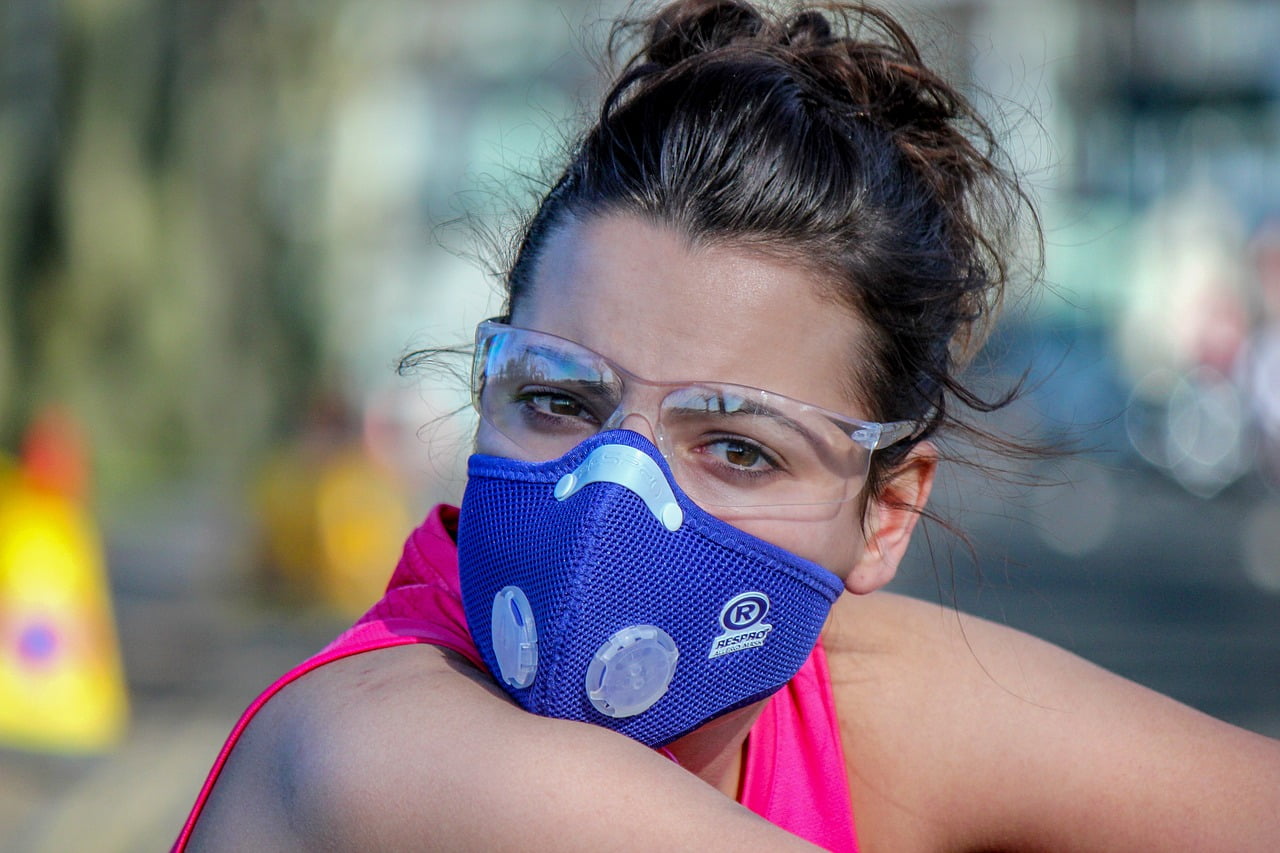Understanding the early signs and symptoms of childhood asthma is pivotal for parents, caregivers, and educators alike. Asthma can significantly impact a child’s health and quality of life, making early identification and management crucial. Our aim is to shed light on how to recognize childhood asthma symptoms effectively, ensuring timely intervention and support. By learning to identify these signs and symptoms, we can make a significant difference in the health and well-being of children affected by this common chronic respiratory condition.
In this article, we will guide you through the early signs and symptoms of childhood asthma, the common triggers that may exacerbate the condition, and the diagnostic process for confirming asthma in children. Additionally, we will discuss strategies for managing and treating childhood asthma, aiming to provide a comprehensive overview that empowers parents and caregivers. Navigating through these discussions, we aspire to equip you with the knowledge and tools necessary to address childhood asthma symptoms, facilitate prompt treatment, and ultimately improve the quality of life for children with asthma.
Recognizing Early Signs of Childhood Asthma
Common Initial Symptoms
We often notice that children with asthma exhibit a variety of early symptoms that can signal the onset of the condition. The most significant of these include frequent coughing spells, which may occur during play, laughter, or at night. Additionally, children may experience wheezing, a whistling sound when breathing in or out, and chest tightness or pain . It’s crucial to observe if your child has less energy during play or complains about their chest “hurting” as these can be subtle yet important indicators of childhood asthma.
Symptoms During Sleep
Nighttime can often reveal hidden asthma symptoms that we might not notice during the day. If your child is waking up due to coughing or wheezing, it’s a clear sign that their asthma may not be well-controlled . Such disruptions in sleep due to asthma symptoms are significant, as they can affect overall health and the ability to function during the day. Managing these symptoms effectively is key, which includes ensuring medications like the preventer inhaler are taken as prescribed to help maintain a stable condition throughout the night .
Symptoms Triggered by Physical Activity
Physical activity is another area where asthma symptoms can become apparent, particularly in children whose asthma is not well-managed. Symptoms such as wheezing, coughing, and shortness of breath during or after exercise are common and may indicate exercise-induced asthma (EIA) . It’s important to differentiate between normal exertion and asthma symptoms because EIA requires specific management strategies. For instance, using a bronchodilator before exercise can prevent the airways from narrowing and help manage symptoms effectively . Additionally, ensuring the child’s overall asthma is well-controlled is crucial to preventing these symptoms during physical activity.
Recognizing these early signs and understanding the triggers of asthma symptoms in children are essential steps in managing the condition effectively. By paying close attention to these signs and responding appropriately, we can help ensure that children with asthma lead healthy, active lives.
Common Asthma Triggers in Children
Environmental Factors
We understand that various environmental factors significantly impact childhood asthma. Air pollution, particularly from traffic and industrial sources, has been linked to increased asthma symptoms and hospital admissions . The presence of particulate matter and noxious gases like nitrogen dioxide and sulfur dioxide exacerbates asthma conditions, especially in children living near high-traffic areas . Additionally, indoor pollutants such as tobacco smoke and chemicals from household cleaning products can also trigger asthma attacks .
Allergens and Pollutants
Allergens are a major concern when it comes to managing childhood asthma. Common indoor allergens include dust mites, pet dander, and cockroaches, which are prevalent triggers . In fact, exposure to cockroach allergens is associated with more frequent asthma symptoms and increased emergency room visits . Outdoor allergens such as pollen also play a critical role, particularly during high pollen seasons which have lengthened over the years . It’s essential to minimize exposure to these allergens to manage asthma symptoms effectively.
Exercise-Induced Asthma
Exercise-induced asthma (EIA) is particularly prevalent among children who engage in physical activities. This condition is characterized by airway constriction during or after exercise, leading to symptoms like wheezing and shortness of breath . Managing EIA involves using medications such as bronchodilators before physical activities and ensuring the child’s overall asthma is well-controlled . It’s crucial for children with EIA to remain active, but with proper precautions to prevent asthma flare-ups.
Weather Conditions Affecting Asthma
Weather conditions significantly influence asthma symptoms in children. Cold, dry air can trigger asthma flare-ups, especially during physical activity in winter . Conversely, hot and humid conditions can also aggravate asthma, partly due to increased levels of air pollutants like ozone . Monitoring weather forecasts and adjusting outdoor activities accordingly can help manage these weather-related asthma triggers. Additionally, keeping windows closed and using air conditioning during high pollen or pollution days can provide relief .
By recognizing these common triggers and understanding how to manage them, we can help ensure that children with asthma maintain better control over their condition and lead healthier lives.
Diagnostic Process for Childhood Asthma
Medical History and Symptom Evaluation
We start the diagnostic process by thoroughly examining the child’s medical history and symptoms. This involves identifying episodic symptoms of airflow obstruction and ensuring these symptoms are at least partially reversible. We also work to exclude any alternative diagnoses . It’s crucial to ask detailed questions about the child’s wheezing, coughing patterns, including cough at night and during or after exercise, shortness of breath, chest tightness, and any sputum production. Understanding the pattern and triggers of these symptoms, such as environmental allergens, exercise, emotions, or changes in weather, plays a significant role in our initial assessment .
Physical Examinations by a Pediatrician
During the physical examination, we focus on the ears, nose, throat, eyes, skin, chest, and lungs. Our pediatricians listen for wheezing or whistling sounds in the lungs, indicative of inflammation, and check for any swelling or drainage in the nose and throat that could be caused by allergies. We also look for signs of atopic dermatitis, commonly known as eczema . Depending on the symptoms’ severity during an episode, findings might include increased respiratory rates, usage of accessory muscles for breathing, and specific heart rates, which help us gauge the asthma’s intensity .
Relevant Diagnostic Tests (e.g., Spirometry, Allergy Tests)
To further confirm the diagnosis of asthma, we conduct a variety of diagnostic tests. Spirometry is essential as it measures how much and how quickly the child can expel air from the lungs, helping us assess the airflow obstruction . Allergy testing is also encouraged, particularly if allergic asthma is suspected, to identify specific allergens that may trigger asthma symptoms . Additional tests might include bronchoprovocation testing to see how sensitive the airways are to specific triggers and exhaled nitric oxide tests, which measure inflammation levels in the airways . In certain cases, more detailed examinations like chest X-rays, sweat chloride tests, or even bronchoscopies may be recommended to rule out other conditions or to investigate unusual asthma symptoms .
By combining these diagnostic strategies, we can provide a comprehensive evaluation that aids in accurately diagnosing childhood asthma, allowing for targeted and effective management of the condition.
Managing and Treating Childhood Asthma
Developing a Comprehensive Asthma Action Plan
We emphasize the importance of a well-structured asthma action plan for children. This plan should be comprehensive, involving not just the child and their family but also their healthcare team and other key adults in the child’s life, such as school staff and coaches. A thorough asthma action plan categorizes symptoms using a traffic light format—green for stable, yellow for caution, and red for medical alert—which guides caregivers on the necessary actions to take depending on the child’s condition . This plan includes detailed information on medications, dosing, and what to do during an asthma episode. It’s crucial that this plan is reviewed and updated regularly, ideally every six months, or whenever there’s a change in the child’s treatment or condition .
Medications and Treatments
Managing childhood asthma involves a variety of medications tailored to the severity and frequency of the child’s symptoms. For immediate relief, quick-relief medications such as albuterol are used to alleviate symptoms during an asthma attack. Long-term control is typically maintained through daily medications like inhaled corticosteroids, which reduce inflammation in the lungs . For children experiencing more severe or frequent symptoms, combination inhalers that include both corticosteroids and long-acting bronchodilators may be prescribed. Additionally, for severe cases, biologic injections such as omalizumab or mepolizumab might be recommended . Each child’s asthma plan might also include allergen management if their asthma is triggered by allergies, using treatments ranging from simple antihistamines to immunotherapy .
Ongoing Monitoring and Regular Doctor Visits
Regular monitoring and periodic reviews are essential to effectively manage childhood asthma. This includes routine assessments by healthcare professionals every few months to adjust treatment plans as necessary and to ensure optimal control of the asthma . Monitoring often involves measuring lung function through methods like spirometry and checking for airway inflammation with tests such as fractional exhaled nitric oxide (FeNO). Education on inhaler techniques and adherence to prescribed medication plays a critical role during these visits . By maintaining a proactive approach to monitoring, we can adjust treatments to achieve minimal symptom occurrence and prevent severe asthma attacks, thereby ensuring that children with asthma can lead active and unrestricted lives .
Conclusion
Through this exploration of childhood asthma, we have uncovered not only the pivotal early signs and symptoms that warrant attention but also delved into the common triggers and effective management strategies. By empowering parents, caregivers, and educators with the knowledge to recognize these early indications and respond proactively, we set the foundation for children to lead healthier and more vibrant lives despite their asthma diagnosis. The emphasis on early detection, coupled with a comprehensive understanding of asthma triggers, underscores the importance of a prompt and informed reaction to asthma symptoms in children.
Moreover, the discussion highlights the significance of a tailored asthma action plan in managing and mitigating the impacts of this condition on a child’s daily life. Through regular medical consultations, personalized treatment protocols, and ongoing education, we can ensure that children with asthma can experience minimal disruption to their activities and well-being. As we conclude, it is clear that the collective effort in managing childhood asthma—from early diagnosis to ongoing management—plays a crucial role in enhancing the quality of life for affected children, advocating for a future where asthma no longer limits the potential of our youth.
FAQs
1. At what age can asthma symptoms first appear in children?
Asthma can manifest at any age, but it is most common during childhood as the immune system is still developing. The initial symptoms of asthma typically appear by the age of 5. Asthma can significantly impact a child’s life, leading to missed school days and potential hospital visits.
2. What signs indicate the early stages of asthma in children?
In the early stages of asthma, children may experience chest tightness or pain, which younger children might describe as a “sore tummy.” Other symptoms include shortness of breath, difficulty breathing, and wheezing, which sounds like a whistling noise when breathing.




